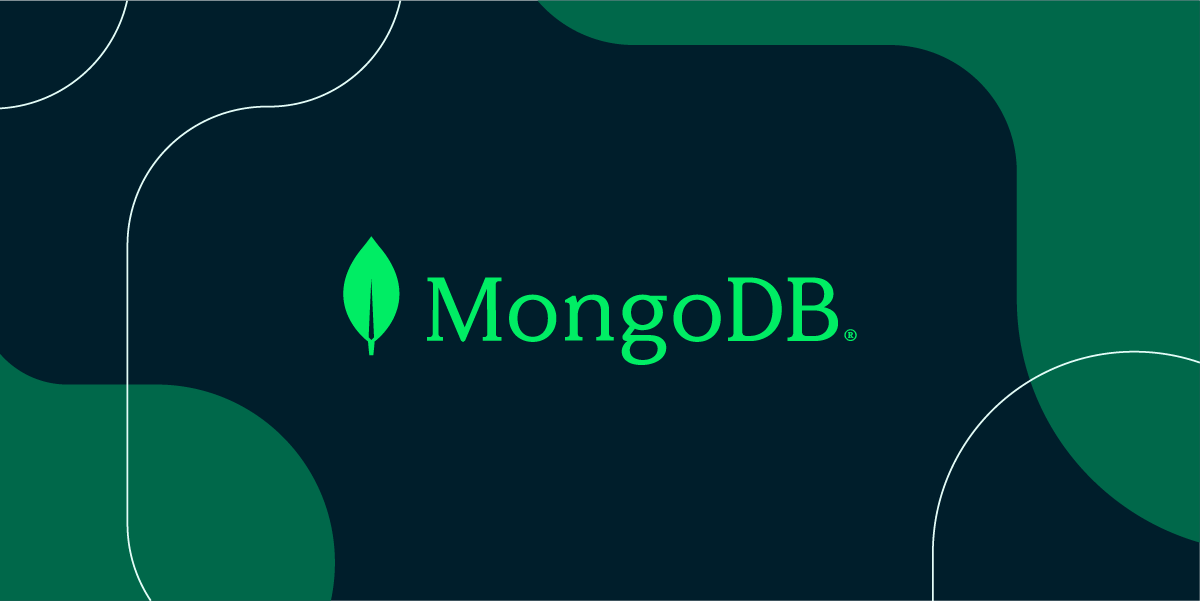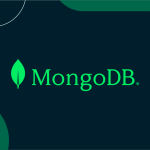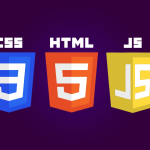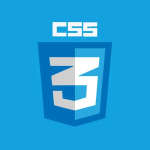MongoDB has become one of the most popular NoSQL databases for modern application development. Built to handle large volumes of unstructured and semi-structured data, it offers developers flexibility, high performance, and horizontal scalability. Whether you are building a startup MVP, a data-driven web app, or a microservices backend, understanding it will help you design data models that are resilient, fast, and easy to evolve.
Table of Contents
What is MongoDB and why use it
MongoDB is a document-oriented database that stores data in flexible JSON-like documents called BSON. Unlike relational databases that rely on fixed schemas and tables, it allows each document in a collection to have a different structure. This makes it ideal for rapidly changing applications, JSON APIs, and workloads where schema evolution is common.
Key advantages include flexible schema design, built-in replication and high availability, automatic sharding for horizontal scaling, expressive query language, and strong ecosystem support including official drivers for most programming languages. For official documentation and tutorials visit MongoDB Docs.
Core concepts you should know
Document A BSON object similar to JSON that stores data as key value pairs.
Collection A group of documents roughly analogous to a table in SQL.
Database A container for collections.
Replica set A group of it instances that maintain the same data set, providing redundancy and automated failover.
Sharding Horizontal partitioning of data across multiple servers to scale reads and writes.
Getting started with MongoDB quickly
You can run it locally, use Docker, or sign up for a managed cloud instance with MongoDB Atlas. For beginners Atlas offers a free tier to experiment with production-like features.
Simple local use with Docker
docker run --name mongodb -p 27017:27017 -d mongo:6.0Connect with the Mongo shell or with drivers. A minimal JavaScript example using the official Node.js driver:
const { MongoClient } = require('mongodb');
const uri = 'mongodb://localhost:27017';
const client = new MongoClient(uri);
async function run() {
await client.connect();
const db = client.db('myapp');
const users = db.collection('users');
await users.insertOne({ name: 'Aisha', email: 'aisha@example.com' });
const user = await users.findOne({ name: 'Aisha' });
console.log(user);
await client.close();
}
run();
Schema design patterns
Designing schemas in MongoDB is less about tables and joins and more about access patterns. Two common approaches are embedding and referencing.
Embedding Use when related data is read together frequently. For example, embedding comments inside a blog post document reduces the need for joins and speeds up reads.
Example
{
"_id": "post1",
"title": "Intro to MongoDB",
"comments": [
{ "user": "Ali", "text": "Great post", "date": "2025-10-01" }
]
}
Referencing Use when related data grows without bounds or is shared across many documents. Store references and perform application-level joins or use $lookup for server-side joins.
Example
{ "_id": "comment1", "postId": "post1", "userId": "user123", "text": "Nice" }
Design tip Model for queries not for normalization. Optimize for the most common read and write patterns your app will perform.
Indexing and query optimization
Indexes are essential for performance. Create single field, compound, text, and TTL indexes depending on your needs. Use explain plans to analyze queries and avoid collection scans on large datasets. For example create an index on user email to speed lookups:
await users.createIndex({ email: 1 }, { unique: true });
Monitor slow queries using database profiler and Atlas performance advisor. Proper indexes dramatically reduce latency and resource usage.
High availability and scaling
Use replica sets for fault tolerance. A typical replica set has a primary for writes and secondaries for reads and failover. For scale out use sharding to distribute data across shards based on a shard key. Choosing a shard key is critical; pick a field with high cardinality and even distribution to avoid hotspots.
Security best practices
Enable authentication and role-based access control, use TLS for encrypted connections, and enforce IP allowlists. Avoid running it without authentication or exposing it directly to the public internet. For production deployments integrate with your identity provider, enable encryption at rest, and rotate keys regularly. MongoDB provides security guidance.
Common use cases
Content management and CMS systems Real-time analytics Event logging and telemetry Internet of Things backends E-commerce catalogs and product search Social networks and user profiles.
Final thoughts
MongoDB is a flexible, scalable, and developer-friendly database well suited for modern application needs. It is not a silver bullet consider eventual consistency, document size limits, and query patterns when choosing it for a project. When applied correctly with good schema design, proper indexing, and secure configuration, it empowers rapid development and reliable production systems.
Also Check How to Develop a Website – Comprehensive Guide – 2025











1 thought on “MongoDB A Practical Guide to the Leading NoSQL Database – 2025”